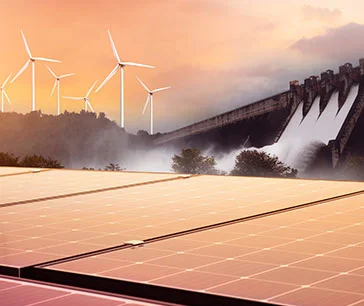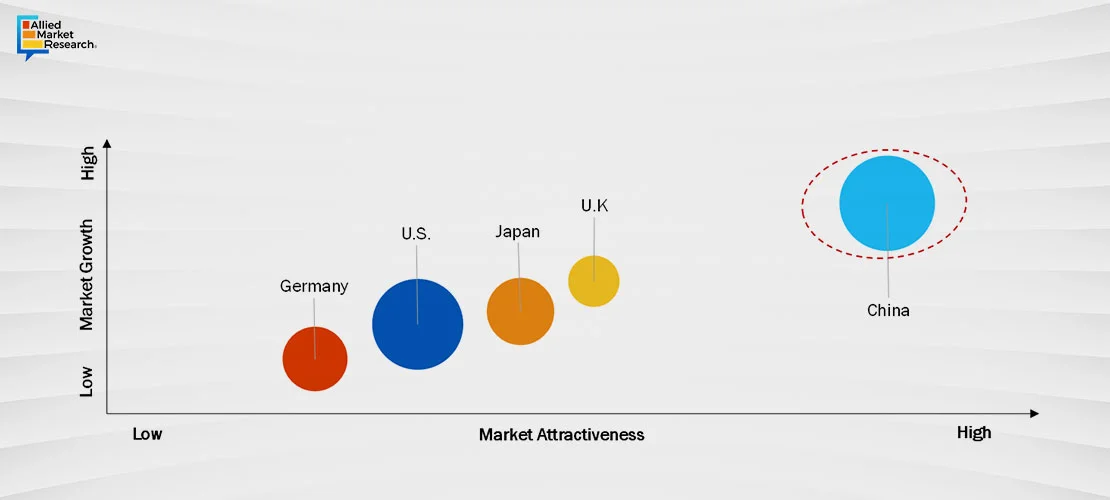Data Integration in Energy Industry: What to Look Forward to

Data integration is the process of combining and unifying data from different sources into a single, cohesive view. Data integration in the energy industry [PP1] is centered around enhancing operational efficiency, optimizing asset performance, and supporting the transition to renewable energy sources. In the energy industry, data integration is particularly crucial for managing complex systems such as smart grids, renewable energy sources, and distributed energy resources. It allows energy companies to optimize operations, improve efficiency, and make informed decisions based on a comprehensive understanding of their data landscape. Here are some key trends in data integration within the energy industry
Smart Grids and Advanced Metering Infrastructure (AMI)
The deployment of smart grids and AMI allows for real-time monitoring and management of energy consumption. Integration of data from these sources helps utilities optimize energy distribution, detect faults, and enhance overall grid reliability.

The goal of an AMI is to provide utility companies with real-time data about power consumption and allow customers to make informed choices about energy usage based on the price at the time of use. To ensure that data and control capabilities are not tampered, AMI must be used in conjunction with advanced security systems. The Internet of Things (IoT) technology helps in connecting various smart devices to ease the operation and sharing of data among themselves. Various smart devices, such as sensors, smartphones, and wearable devices collect required data from the devices, which are further utilized to improve customer’s experience. Rise in need for data analysis and analytics integration is expected to increase the utilization of the Internet of Things. In the energy sector, the consumption of energy is easily monitored and managed with the usage of IoT. As a need of current energy scenario, appliances are smarter, and they conserve the energy to comply with the consumer requirements. Smart metering provides real-time consumption of each appliance. Thus, the burden of conventional electricity sources is likely to reduce, and the quality of electricity is expected to improve. By incorporating the IoT in the domain of generation, transmission, distribution, and monitoring will yield connected benefits for future smart grids.
Renewable Energy Integration
With an increasing focus on renewable energy sources like solar and wind, data integration plays a crucial role in managing the variability of these resources. Integrating data from weather forecasts, energy production, and consumption helps balance supply and demand efficiently.

Growth in concerns over climate change and environmental issues are major that drive behind the growth of the solar energy market. There is a growth in demand for clean and renewable energy sources like solar energy, as the world becomes more aware of the negative impact of traditional energy sources on the environment. This demand has led to significant growth in the solar energy market, with an increase in investment in research and development, as well as increased adoption of solar energy systems by consumers and businesses. The increase in affordability of solar energy systems has also played a significant role in the growth of the solar energy market. Advances in technology have led to a decrease in the cost of solar panels and other equipment, making solar energy more accessible to a wider range of consumers and businesses.
IoT and Sensor Integration
Internet of Things (IoT) devices and sensors[PP2] are being widely deployed across the energy sector to gather real-time data. This integration plays a crucial role in improving operational efficiency, ensuring safety, and optimizing asset performance. Here are some key aspects of IoT and sensor integration in the power generation industry:

- Condition Monitoring and Predictive Maintenance
- Performance Optimization
- Remote Monitoring and Control
- Energy Consumption Monitoring
- Grid Management
- Data Analytics and Machine Learning
The integration of IoT devices and sensors in the power generation industry enhances visibility, control, and efficiency, contributing to the ongoing evolution of smart and sustainable energy systems.
Cloud-Based Solutions
Cloud computing provides scalable and flexible infrastructure for handling large volumes of data. Many energy companies are adopting cloud-based solutions for data storage, processing, and analysis. This allows for improved collaboration, accessibility, and cost-effectiveness.
- Data Storage and Management: Cloud platforms provide scalable and secure storage solutions for the vast amount of data generated in the power industry. This includes data from sensors, smart meters, grid monitoring, and other sources. Cloud storage allows for easy access, retrieval, and backup of critical data.
- Collaboration and Communication: Cloud-based collaboration tools enable better communication and coordination among different stakeholders in the power industry. This is particularly important for geographically dispersed teams and facilitates efficient project management, planning, and decision-making.
- Asset Performance Management: Cloud solutions support asset performance management by providing a centralized platform for monitoring the health and performance of power generation assets. This includes predictive maintenance, optimizing equipment lifespan, and minimizing downtime.
- Scalability and Flexibility: Cloud-based solutions offer scalability to accommodate varying workloads and data volumes. This is particularly beneficial for power companies dealing with seasonal variations, grid expansions, or the integration of new renewable energy sources.
- Decentralized Energy Systems: The rise of decentralized energy systems, including microgrids and distributed energy generation (DEGs), requires sophisticated data integration to manage the diverse sources of energy generation and consumption effectively. Schemes and incentives by the governments, such as feed-in-tariff in North America and the Asia-Pacific, are likely to fuel the demand for DEG systems. Government schemes are aiming to promote the installation of such systems across industrial, residential, and commercial applications. These systems can be operated on-grid as well as off-grid depending on the application as well as their location. Moreover, various benefits of DEG over conventional energy generation methods are expected to fuel the growth.
Top Investment Pockets: Global Distributed Energy Generation, by Country (2022)
Blockchain for Energy Transactions: Blockchain technology is explored for secure and transparent energy transactions in a decentralized manner. It can streamline processes such as energy trading, billing, and verification.
Conclusion
The development and incorporation of various technologies in the power industry is expected to decrease the operational and capital losses, thereby easing the maintenance and increasing the revenue. Collaborative efforts among industry stakeholders continue to be driven by standardized data formats and protocols, fostering interoperability and accelerating the pace of innovation in the energy and power sector.



